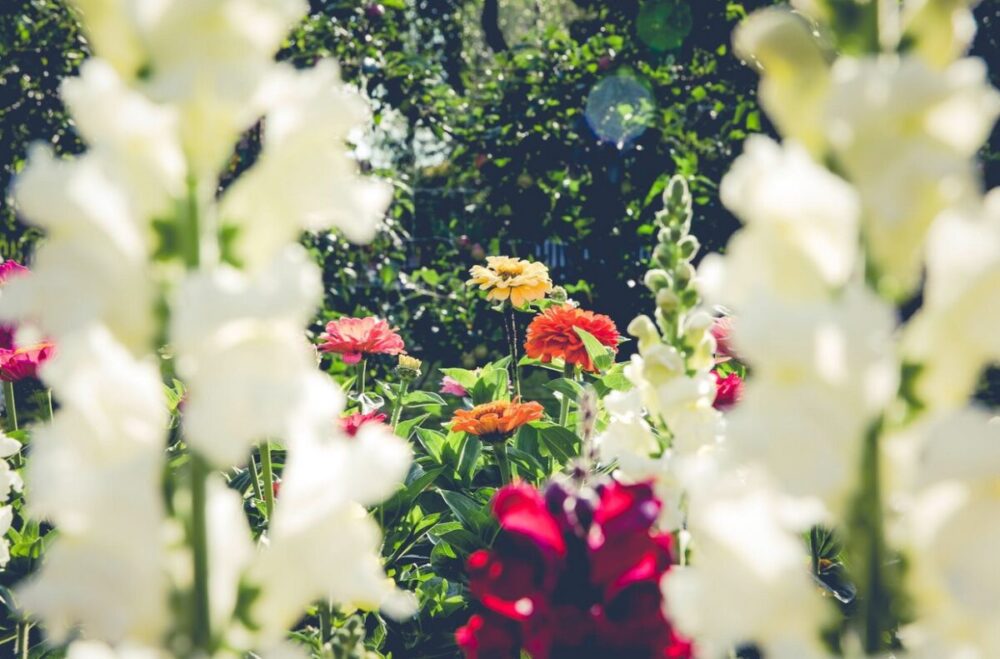Keeping your garden plants thriving and healthy all year round can sound like a lot of work, but the satisfaction and comfort you get from a healthy can be well worth the effort. Giving your garden the TLC it needs goes beyond watering, pruning, and occasional weeding. You also have to keep your plants from pests, discoloration, and diseases.
That said, there are many ways to keep your garden healthy. Read further as we share some essential tips.
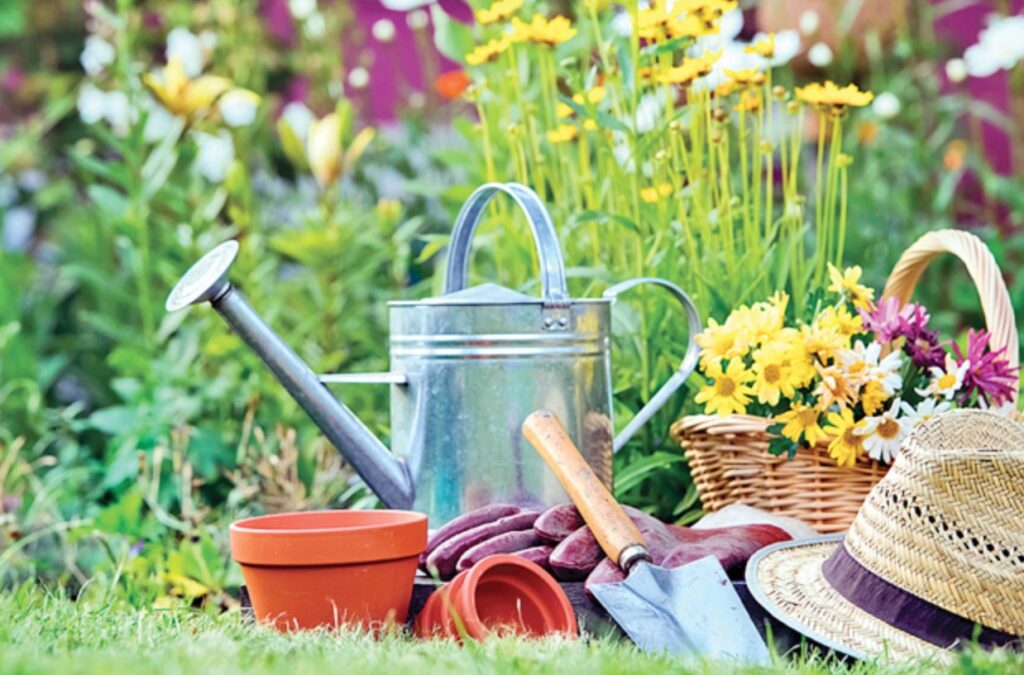
1. Regularly Monitor and Maintain Your Planting Space
One of the things some gardeners fail to take into account is keeping their planting space free of other vegetation that will compete with their nutrient intake. Grasses are essential features of a yard, and you should see to it that their growth is monitored and regulated. Lawn and garden maintenance experts from The Tool Report recommend regular mowing of the grasses to not just prevent invasive growth in your garden but also to limit the nutrient consumption of the soil surrounding your garden. Tall grasses consume more soil nutrients to support their growth, which makes it important to keep in check the growth of the grass surrounding your garden. Always check the boundaries or perimeter of your garden area for runaway growth and signs of unwanted vegetation. Remove weeds and grasses before they firmly take roots near your garden.
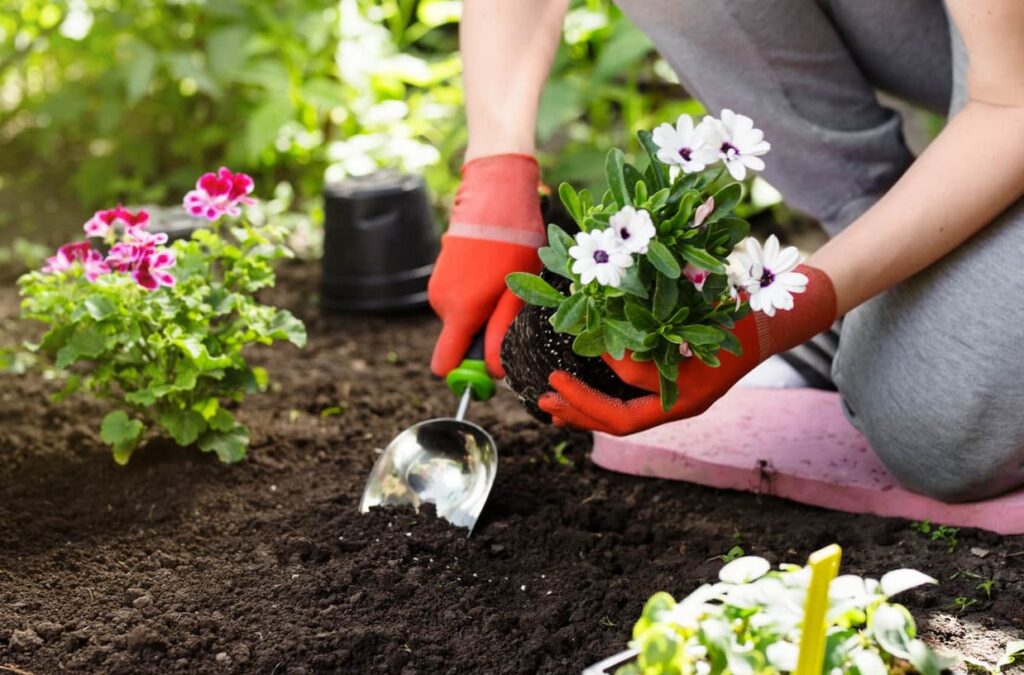
2. Replenish the Nutrients of Your Soil
While your regular soil is naturally abundant with nutrients, these can become deficient over time. The same is true with potted plants, which have a limited amount of soil in the pots. Aside from turning the soil once a month (more than once for clay soils) to keep it loose and light, care should be taken in replenishing its nutrients. Clay can get compact and dry over time, so you need to apply some organic compost topping to keep the soil loose and in good condition. Mulching is another way of keeping the soil around your plants rich in nutrients and allowing it to retain moisture longer, especially during summer or periods of long sunny days.
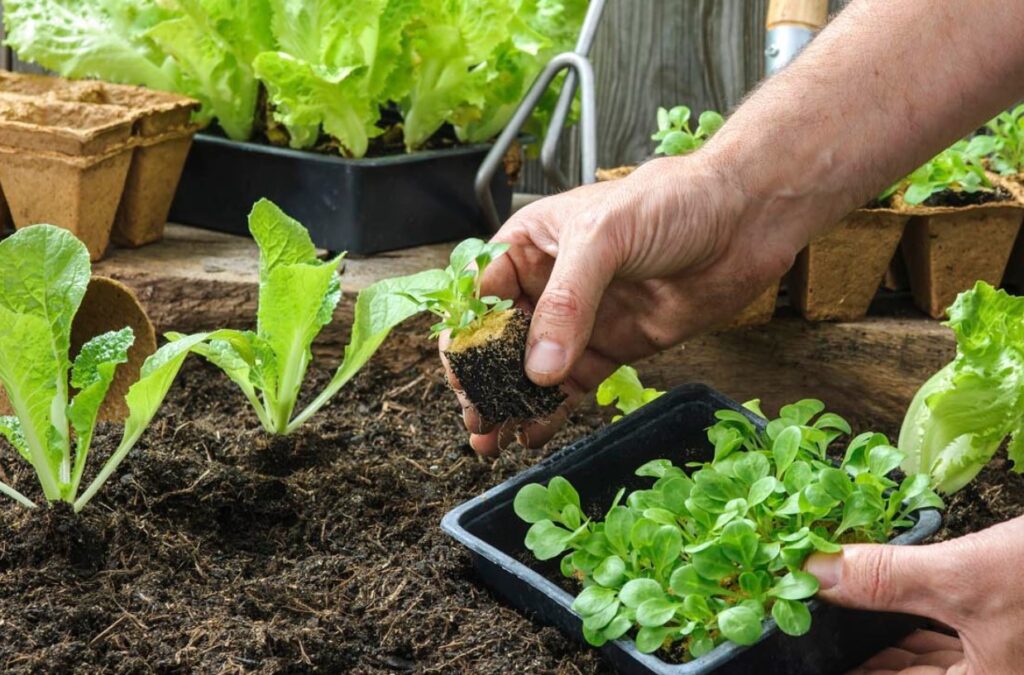
3. Keep a Close Watch on Bugs
Just like we have good bacteria and bad bacteria, there are also good bugs and bad bugs for our plants. Butterflies, bees, ladybugs, some beneficial beetle species, and certain species of wasps are beneficial for your garden plants as they help pollinate your flowering plants and also ward off pests. Bad bugs not only cause external damage to your garden plants, but they are also carriers of bacteria and viruses. Aphids, thrips, caterpillars, leafhopper, and worms are the most common types of bugs that not just inflict holes and damage to your plants, but they also bring discoloration and diseases that leave your plants in a bad state.
Use natural methods of insect control by using good bugs and natural enemies of bad bugs to control or prevent infestation. If there is a significant threat of infestation that prompts the use of insecticides, use these chemicals occasionally and sparingly.
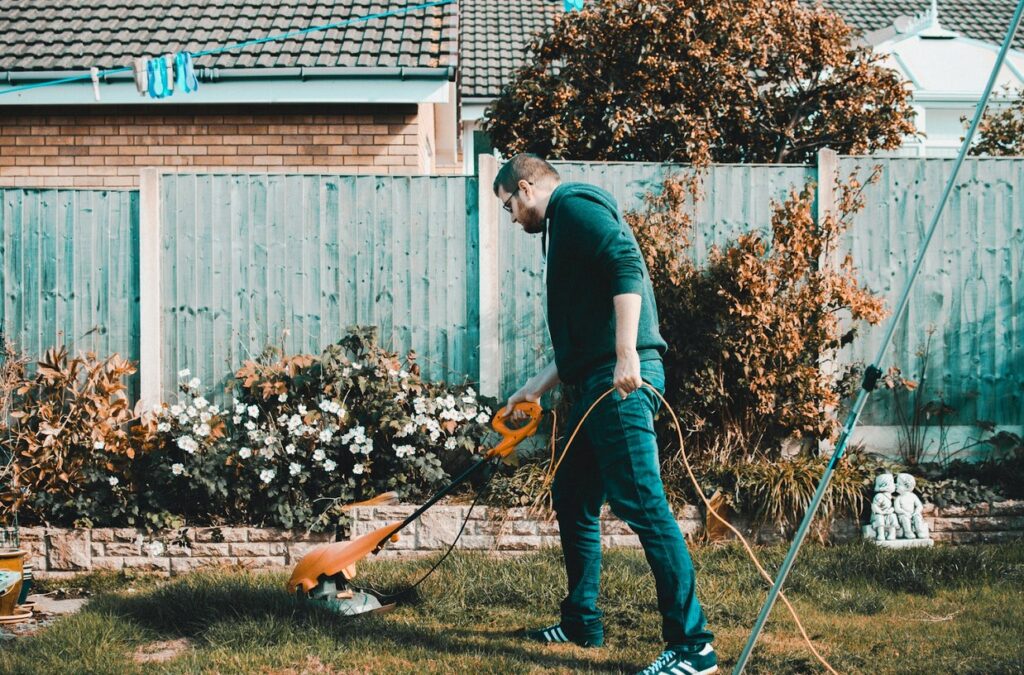
4. Water Your Plants Properly
Watering your garden plants isn’t as simple as keeping them wet. Garden plants have different hydration needs, but one thing remains true for all plants: you shouldn’t underwater or overwater them. Watering garden plants early in the morning is recommended to avoid rapid evaporation and moisture loss in the soil. Plant roots can absorb enough water during this due to the slow temperature change and evaporation.
Garden plants are delicate and also beautiful. Keeping them healthy can bring out their best appearance as they grow well and flourish magnificently. Having a lush garden is a refreshing sight to behold, and we hope that the tips we shared can help you achieve a healthy garden.

